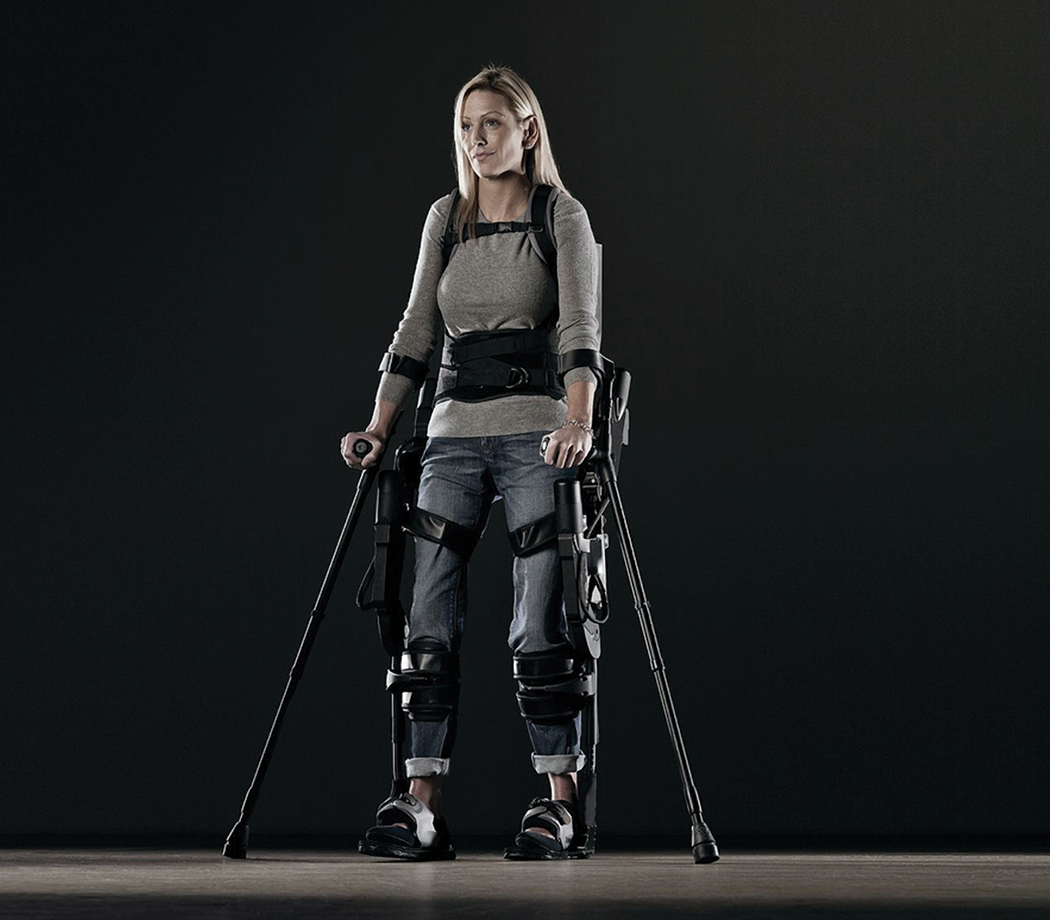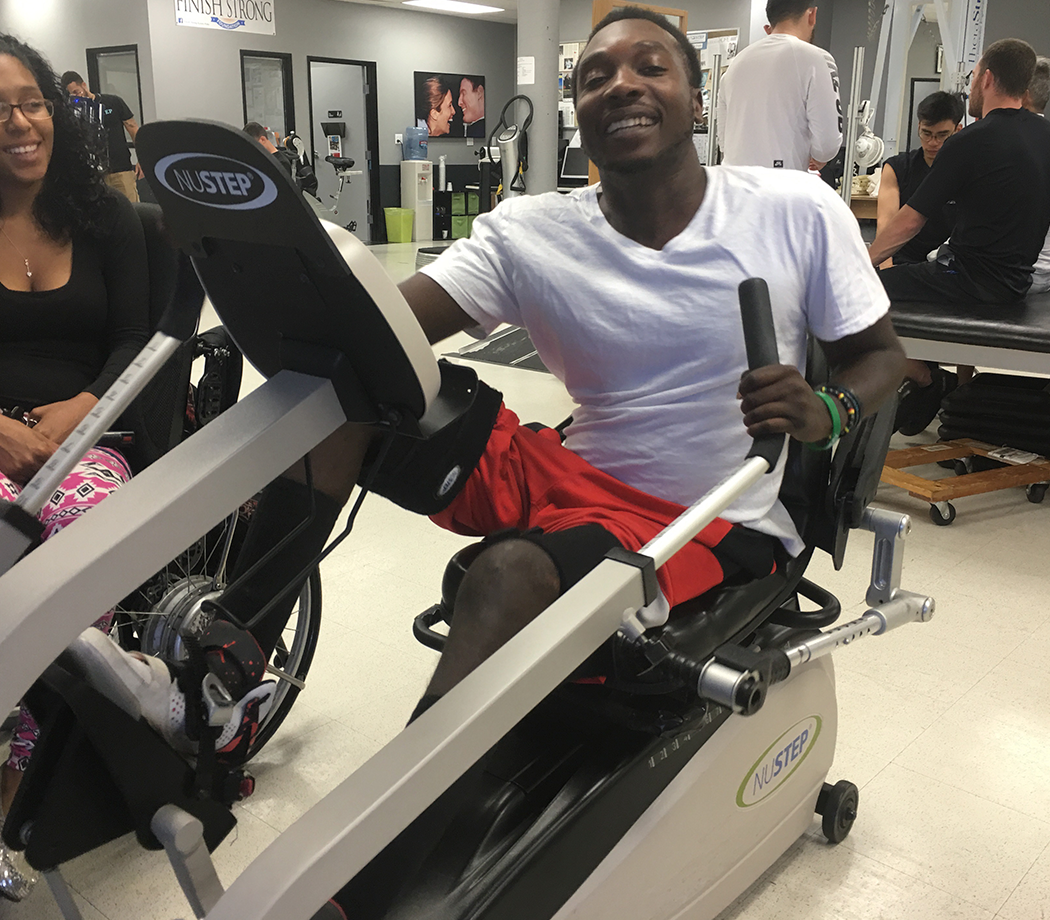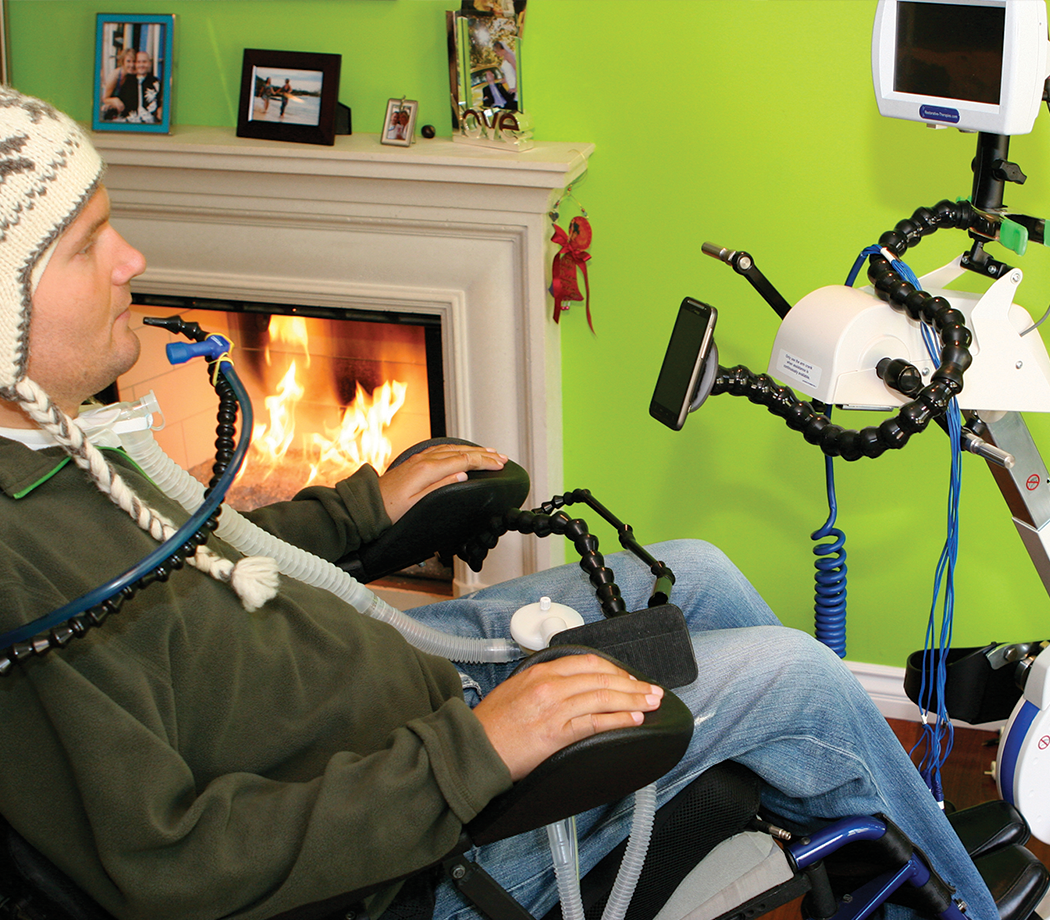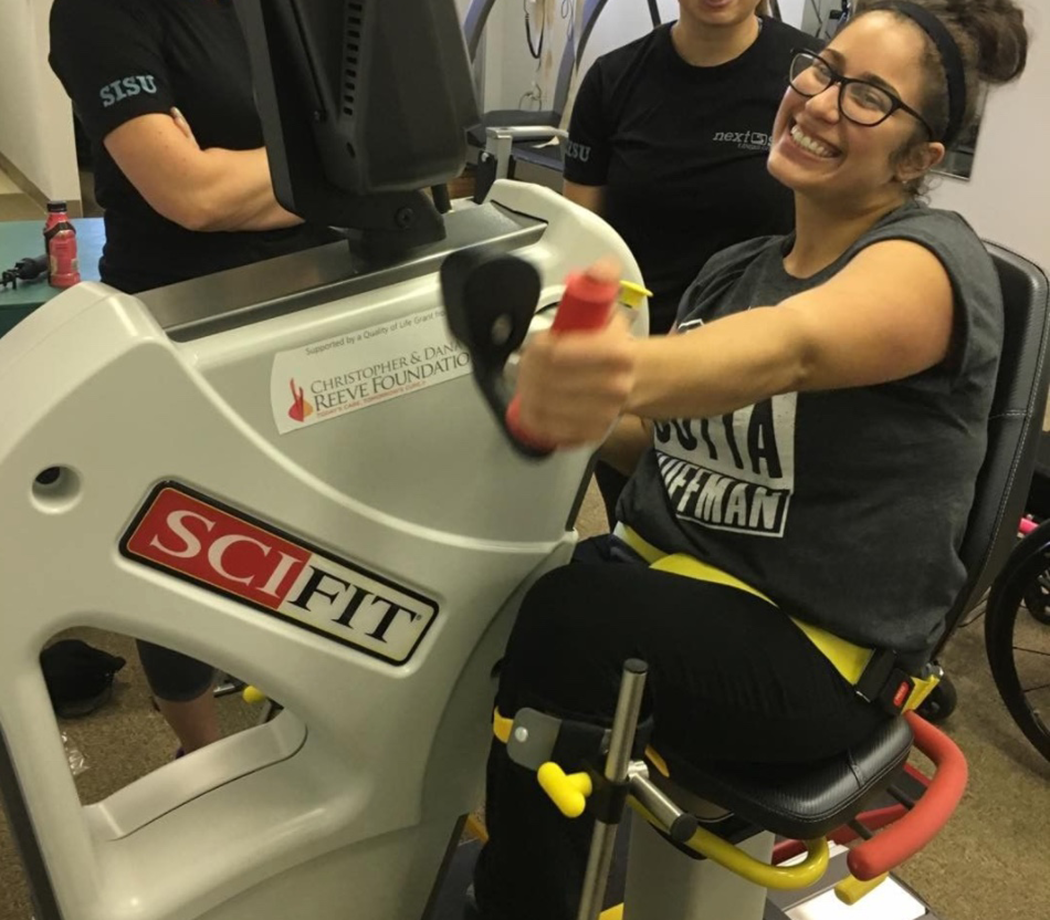Find a Rehab Center
After a person has stabilized following a spinal cord injury, they will to go to a specialized hospital called a rehabilitation center.
While the nearest facility may be the most convenient, and may offer many advantages in terms of support from family and friends, it may not offer the level of service needed in a complex injury or disease.
It is very important to locate the most appropriate rehabilitation center in order to receive tailored care for spinal cord injury that will facilitate maximum recovery.
Some of the most important questions to ask when choosing a rehabilitation center include:
- Does the facility have experience with the particular diagnosis or condition?
- How many patients with the specific diagnosis or condition does the facility see per year?
- How far is the patient willing to travel or be away from family?
- Does the facility have cutting-edge therapies?
- Is the facility age appropriate?
- What is the staff to patient ratio?
- Is the facility accredited – that is, does it meet professional standards of care for your specific needs?
Below are a few resources to refer to when locating an accredited facility.
Spinal Cord Injury Model System Centers
The National Institute on Disability, Independent Living and Rehabilitation Research (NIDILRR) funds 14 Spinal Cord Injury Model System Centers in the U.S.
SCI Model System Centers are national leaders in medical research and patient care and provide comprehensive services, from the point of injury through rehabilitation and reentry into full community life.
These facilities are currently located in Alabama, California, Colorado, Florida, Georgia, Illinois, Kentucky, Massachusetts, Michigan, New Jersey, Pennsylvania and Washington.
Each Center contributes to the SCI Model Systems Data Center, participates in independent and collaborative research, and provides information and resources to individuals with SCI, their family and caregivers, healthcare professionals and the general public.
Website: www.msktc.org
Phone: 206-685-4181
Commission on Accreditation of Rehabilitation Facilities (CARF)
The Commission on Accreditation of Rehabilitation Facilities (CARF) is another resource for locating accredited rehabilitation facilities. To be awarded CARF accreditation, a facility must pass an in-depth review of its services.
There is a difference between a general CARF accreditation and one specific to spinal cord injury, so make sure to request a list of spinal cord injury accredited centers using the contact details below.
Website: www.carf.org
Phone: 888-281-6531 (toll-free)
Pediatric Rehabilitation Centers
While your child’s age will play a key role in determining what rehabilitation centers are best, there are a number of excellent programs tailored for pediatric patients. As a parent, remember to ask questions and refer to resources.
- Kosair Charities Center for Pediatric NeuroRecovery at the University of Louisville provides activity-based therapies and conducts translational research. With an expert interdisciplinary team, they are committed to meet the dynamic challenges of growth and development from childhood through adolescence.
- Shriners Hospital for Children were the first health care system in the country to develop spinal cord injury rehabilitation centers designed specifically for children. Their groundbreaking research has led to innovative treatment techniques, providing care that helps children lead a full, active and healthy life.
Kennedy Krieger Pediatric Rehabilitation Unit supports comprehensive and interdisciplinary treatment, evaluation, and follow-up services for patients with decreased function due to a variety of causes like brain injury and spinal cord injury.
Getting to Know Your Rehab Team
Another aspect of good rehab is the breadth and quality of the professional staff on hand. Among the professions you can expect to find on a rehabilitation team:
Physiatrist
A physiatrist is a doctor specializing in physical medicine and rehabilitation. Physiatrists treat a wide range of problems from sore shoulders to spinal cord injuries, as well as treat both acute and chronic pain and musculoskeletal disorders.
Physiatrists coordinate the long-term rehabilitation process for patients with spinal cord injuries, cancer, stroke or other neurological disorders, brain injuries, amputations and multiple sclerosis.
Rehab nurse
Nurses with specialized training in rehabilitative and restorative principles work collaboratively with the rest of the rehabilitation team to solve problems and manage complex medical issues.
Rehabilitation nurses are experts in bladder, bowel, nutrition, pain, skin integrity, breathing, self care, coordination of medical regimens and related issues. They provide ongoing patient and family education, set goals for independence, and establish plans of care to maintain optimal wellness.
Rehabilitation nurses begin to work with individuals and their families soon after the onset of an injury or chronic illness, and they continue to provide support after the individual returns to home, work or school.
Occupational therapy
An occupational therapist (OT) is skilled in helping individuals learn, or relearn, the day-to-day activities they need to achieve maximum independence. OTs offer treatment programs to help with bathing, dressing, preparing a meal, house cleaning, engaging in arts and crafts or gardening. They make recommendations and offer training with adaptive equipment to replace lost function.
OTs also evaluate home and job environments and make recommendations for adaptations. The occupational therapist also guides family members and caregivers in safe and effective methods of caring for people. Additionally, they go beyond working to improve physical skills by focusing on the community outside of the hospital.
Physical therapy
The physical therapists (PT) treat disabilities that result from motor and sensory impairments. Their aim is to help people increase strength and endurance, improve coordination, reduce spasticity, maintain muscles in paralyzed limbs, protect skin from pressure sores, and gain greater control over bladder and bowel function.
PTs also teach techniques for using assistive devices such as wheelchairs, canes or braces. In addition to “hands-on” exercises and treatments, physical therapists also educate people to take care of themselves.
PTs may also work with joints and assure their range of motion, and use methods such as ultrasound, hot packs and ice.
Other therapists you should find on the rehab unit include:
- Recreation therapists help people discover the wide range of recreation options available in their community.
- Vocational therapists help people assess their job skills and to work with the state vocational rehab or other agencies to obtain equipment, training and placement.
- Many rehab facilities have seating and positioning experts to help people select the best wheelchair, cushion and positioning gear.
- Most facilities have rehab psychologists to assist people with the often-dramatic life changes that follow disease or trauma.
- Sex and family counseling are integral to most rehab programs, in order to help patients better understand sexual function, family planning, etc.
Resources
If you are looking for more information or have a specific question, our Information Specialists are available business weekdays, Monday through Friday, toll-free at 800-539-7309 from 9am to 8pm ET.
Additionally, the Reeve Foundation maintains a fact sheets with additional resources from trusted Reeve Foundation sources. Check out our repository of fact sheets on hundreds of topics ranging from state resources to secondary complications of paralysis.




